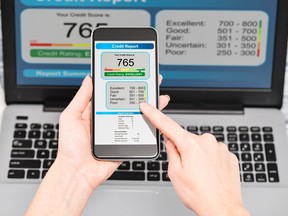Editors’ Highlights are summaries of recent papers by AGU’s journal editors.
Source: Journal of Advances in Modeling Earth Systems
Modern numerical weather prediction (NWP) models can forecast the weather up to fifteen days in the future with high accuracy. These forecasts save lives by enabling us to prepare for extreme weather. They are also extremely economically valuable so are widely used across the energy, transport, agriculture and leisure industries.
It took fifty years to build and incrementally improve the sophisticated computer models needed to produce such accurate forecasts. It has taken machine learning (ML) approaches just a couple of years to match, and in some cases surpass, the skill of these traditional models.
In the face of this paradigm shift, we recognize the need to compare ML models with each other and with traditional models in a fair and reproducible way. Rasp et al. [2024] addresses this need. They present a framework for evaluating both ML and NWP forecasts, drawing from five decades of experience from within the NWP community. This framework, called WeatherBench 2, outlines standard metrics for the comparison of forecasts and provides open-source code and data to facilitate the process.
In the community, we also recognize that there is room for improvement for both ML and NWP forecasts. This includes the need for longer sub seasonal-to-seasonal forecasts, probabilistic approaches, and targeted calibration for particular use cases. By clearly defining the forecasting problem and by providing easily accessible training data for ML models, WeatherBench 2 lowers the bar for participation. In this way, the best minds around the world can quickly get started on research into these and many other directions, with the promise of improved weather forecasts for all.
Citation: Rasp, S., Hoyer, S., Merose, A., Langmore, I., Battaglia, P., Russell, T., et al. (2024). WeatherBench 2: A benchmark for the next generation of data-driven global weather models. Journal of Advances in Modeling Earth Systems, 16, e2023MS004019. https://doi.org/10.1029/2023MS004019
—Hannah Christensen, Associate Editor, JAMES




















Discussion about this post